
Stainless steel, hailed for its unparalleled corrosion resistance, mechanical strength, and aesthetic allure, has transformed industries spanning from architecture to medicine. Two iconic stainless steel grades, 316 and 304, have risen to prominence, standing as epitomes of versatility and engineering excellence. While their similarities might initially mask their differences, their unique chemical compositions, corrosion resistance attributes, mechanical properties, and applications set them distinctly apart. In this extensive article, we embark on a comprehensive odyssey to demystify the characteristics, attributes, and applications of 316 and 304 stainless steel, equipping readers with a profound comprehension of these integral materials.
The Chemical and Physical Properties Kaleidoscope
The chemical composition of stainless steel grades 316 and 304 plays a crucial role in defining their properties and performance characteristics. Let’s delve into the specifics of the chemical compositions of these two grades.
316 Stainless Steel
The Marvelous Blend 316 stainless steel, belonging to the austenitic family, boasts a chemical composition that underpins its exceptional properties. Its elemental composition encompasses:
- Chromium (Cr): 16-18%
- Nickel (Ni): 10-14%
- Molybdenum (Mo): 2-3%
- Iron (Fe): Balance
Supplemented by minute proportions of manganese, silicon, carbon, sulfur, and phosphorus, this composition shapes 316 stainless steel’s identity. The presence of molybdenum, a distinguishing feature, endows it with remarkable corrosion resistance, particularly in chloride-rich environments.
304 Stainless Steel
The Paradigm of Universality 304 stainless steel, another member of the austenitic family, stands as a testament to adaptability. Its elemental composition comprises:
- Chromium (Cr): 18-20%
- Nickel (Ni): 8-10.5%
- Iron (Fe): Balance
Parallel to 316 stainless steel, 304 stainless steel incorporates trace amounts of manganese, silicon, carbon, sulfur, and phosphorus. The absence of molybdenum is the principal departure, leading to distinct properties.
Physical Properties Of 316 vs 304
| Property | 316 Stainless Steel | 304 Stainless Steel |
|---|---|---|
| Density (g/cm³) | 7.98 | 7.93 |
| Melting Point (°C) | 1375-1400 | 1400-1450 |
| Thermal Conductivity (W/m·K) | 16.2 | 16.2 |
| Coefficient of Thermal Expansion (10^-6 /°C) | 15.9 | 16.3 |
| Electrical Conductivity (S/m) | 1.25 x 10^6 | 1.45 x 10^6 |
| Magnetic Properties | Non-magnetic | Non-magnetic |
| Modulus of Elasticity (GPa) | 193 | 193 |
| Poisson’s Ratio | 0.30 | 0.30 |
| Specific Heat Capacity (J/kg·K) | 500 | 500 |
| Tensile Strength (MPa) | 515-827 | 515-827 |
| Yield Strength (MPa) | 205-586 | 205-586 |
| Elongation (%) | 30-50 | 40-60 |
| Hardness (Brinell) | 149-316 | 143-262 |
| Impact Strength (J) | 74-84 | 74-84 |
| Maximum Service Temperature (°C) | 870 | 870 |
The Battle Against Corrosion
- 316 Stainless Steel: The Conqueror of Hostile Environments Molybdenum’s presence in 316 stainless steel forges an impregnable defense against corrosion, especially in environments enriched with chlorides. Its prowess shines in maritime and coastal applications, where resistance to pitting, crevice corrosion, and overall deterioration reigns supreme. The alloy’s triumvirate of chromium, nickel, and molybdenum culminates in a protective oxide layer, fortifying it against corrosive agents.
- 304 Stainless Steel: Excelling in Standard Landscapes 304 stainless steel, while displaying commendable corrosion resistance, faces limitations in chloride-laden conditions due to the absence of molybdenum. This vulnerability makes it prone to pitting and crevice corrosion in such scenarios. Nevertheless, 304 stainless steel remains an optimal choice for indoor applications and environments with lower corrosion risks.
Beneath the Surface: The Mechanical Saga
- 316 Stainless Steel: The Citadel of Strength Molybdenum’s integration into 316 stainless steel elevates its mechanical properties, heralding higher tensile strength and augmented creep resistance compared to 304 stainless steel. These properties render 316 stainless steel a formidable choice for applications necessitating resilience and durability. Its prevalence is particularly evident in structural components, pressure vessels, and industrial machinery.
- 304 Stainless Steel: The Maestro of Versatility 304 stainless steel, while not as potent in mechanical properties as 316 stainless steel, presents commendable attributes suited for a diverse spectrum of applications. Its tensile strength and creep resistance, though lower than those of its counterpart, position it as a versatile player, ideal for scenarios where mechanical strength isn’t the foremost concern.
Facing the Heat: A Metallurgical Odyssey
- 316 Stainless Steel: The Torchbearer in High Temperatures The presence of molybdenum in 316 stainless steel bequeaths it with exceptional high-temperature performance. Capable of withstanding elevated temperatures without compromising structural integrity, 316 stainless steel becomes a stalwart in applications exposed to heat. Sectors demanding resilience in high-temperature conditions often turn to this alloy, extensively deployed in exhaust systems, industrial furnaces, and heat exchangers.
- 304 Stainless Steel: A Hesitant Protagonist in Elevated Temperatures 304 stainless steel competently navigates moderate-temperature environments, catering to a diverse range of general-purpose applications. However, the caveat lies in exposure to elevated temperatures, which triggers carbide precipitation, leading to intergranular corrosion and reduced mechanical properties. As a result, 304 stainless steel is less suitable for high-temperature scenarios compared to its 316 counterpart.
The Artistry of Fabrication and Fusion
- 316 Stainless Steel: Precision and Prudence welding and Machining 316 stainless steel demand heightened finesse in comparison to 304 stainless steel. The presence of molybdenum translates to increased hardness, posing challenges during machining. Welding 316 stainless steel requires meticulous adherence to techniques and the selection of appropriate filler materials to uphold corrosion resistance. Nevertheless, with careful handling, 316 stainless steel can be fashioned successfully for a myriad of applications.
- 304 Stainless Steel: The Virtuoso of Craftsmanship 304 stainless steel is renowned for its exceptional machinability and weldability. Its lower hardness and lack of molybdenum ease the machining and welding processes, allowing for seamless execution. As a result, 304 stainless steel machining emerges as the material of choice for applications necessitating intricate shapes, precise machining, and impeccable welding.
Balancing the Scales: A Financial Discourse
- 316 Stainless Steel: A Premium Price for Premium Performance The addition of molybdenum leads to a higher cost for 316 stainless steel compared to 304 stainless steel. However, this expense is often justified by the elevated corrosion resistance, superior mechanical properties, and heightened high-temperature capabilities exhibited by 316 stainless steel. Industries must weigh these factors against their specific application requirements when making the grade selection.
- 304 Stainless Steel: Pragmatism Meets Affordability 304 stainless steel’s cost-effectiveness renders it a favorite across various industries. Its versatility, admirable corrosion resistance, and relatively lower price point contribute to its widespread utilization. For applications aiming to strike a balance between performance and budget, 304 stainless steel becomes an attractive and pragmatic choice.
Applications: The Intersection of Engineering and Artistry
The chemical compositions of 316 stainless steel and 304 stainless steel have a significant impact on their performance and suitability for various applications. Let’s explore how the compositions of these two grades influence their applications:
316 Stainless Steel Applications:
- Marine Equipment and Components: The superior corrosion resistance of 316 stainless steel, attributed to its higher molybdenum content, makes it an ideal choice for marine applications. It is used in shipbuilding, offshore platforms, and other marine equipment where exposure to saltwater and aggressive environments is prevalent.
- Chemical Processing Equipment: 316 stainless steel’s resistance to corrosive chemicals, acids, and chlorides makes it suitable for chemical processing equipment. It is commonly used in tanks, pipelines, and valves in industries dealing with corrosive substances.
- Pharmaceutical and Medical Equipment: The biocompatibility and corrosion resistance of 316 stainless steel make it suitable for pharmaceutical and medical applications. It is used in implants, surgical instruments, and medical devices that require durability and compatibility with the human body.
- Food and Beverage Processing Equipment: In the food and beverage industry, 316 stainless steel is used for equipment like brewing tanks and dairy processing equipment. Its corrosion resistance ensures that food safety standards are met.
- Heat Exchangers and Boilers: The high-temperature capabilities of 316 stainless steel make it a preferred material for heat exchangers and boilers, where it can withstand elevated temperatures and corrosive environments.
- High-Temperature Equipment: Applications such as industrial furnaces and exhaust systems demand materials that can handle high temperatures and corrosive gases. 316 stainless steel’s combination of corrosion resistance and high-temperature performance makes it suitable for these applications.
304 Stainless Steel Applications:
- Kitchen Equipment: The aesthetic appeal, corrosion resistance, and ease of cleaning make 304 stainless steel a popular choice for kitchen equipment such as sinks, utensils, and appliances.
- Architectural Elements: 304 stainless steel’s versatility and aesthetic qualities make it a preferred material for architectural elements like railings, facades, and decorative structures in buildings.
- Automotive Components: 304 stainless steel is used for various automotive components, including exhaust systems and trim. Its corrosion resistance and affordability make it suitable for these applications.
- Industrial Equipment: Conveyors, storage tanks, and processing machinery in industrial settings often use 304 stainless steel due to its corrosion resistance and ease of fabrication.
- Medical Devices: Non-implant medical devices, diagnostic equipment, and surgical tools often utilize 304 stainless steel due to its sterilizability, corrosion resistance, and cost-effectiveness.
- Residential and Commercial Building Components: 304 stainless steel is used for door handles, fittings, and other components in residential and commercial buildings due to its corrosion resistance and aesthetic appeal.
Comparing Applications:
The applications of 316 and 304 stainless steel are influenced by their chemical compositions:
- Corrosion Resistance: The higher molybdenum content in 316 stainless steel enhances its corrosion resistance, making it suitable for applications in aggressive and corrosive environments, such as marine, chemical processing, and high-temperature equipment.
- Aesthetic Appeal: The versatility and aesthetic qualities of 304 stainless steel make it a preferred choice for architectural and decorative elements in buildings, as well as kitchen equipment.
- High-Temperature Performance: 316 stainless steel’s high-temperature capabilities make it suitable for heat exchangers, boilers, and industrial furnaces, while 304 stainless steel is better suited for applications with moderate temperature requirements.
- Biocompatibility: The biocompatibility of 316 stainless steel makes it suitable for medical applications, including implants and surgical instruments.
- Cost Considerations: The absence of molybdenum in 304 stainless steel leads to a lower cost compared to 316 stainless steel, making it more attractive for applications where extreme corrosion resistance or high-temperature performance is not critical.
The chemical compositions of 316 and 304 stainless steel significantly impact their applications. The choice between these grades depends on factors such as corrosion resistance, mechanical properties, high-temperature performance, aesthetic appeal, and budget considerations specific to each application.
Conclusion: The Symphony of Choices
In the vast expanse of stainless steel, the decision between 316 and 304 grades hinges on the distinctive requirements of each application. While both grades share a foundation of exceptional corrosion resistance and aesthetic appeal, their differences in chemical composition, corrosion resistance capabilities, mechanical properties, high-temperature performance, fabrication, and cost-effectiveness determine their suitability for specific purposes.
316 stainless steel, fortified by the presence of molybdenum, triumphs in challenging environments and high-temperature conditions, offering unmatched strength and resilience. On the other hand, 304 stainless steel emerges as a versatile, cost-effective solution for applications seeking equilibrium between performance and budget.
As industries evolve and application demands transform, an intricate understanding of the distinctions between these two remarkable stainless steel grades becomes an imperative. Armed with this knowledge, industries can make astute decisions that optimize longevity, performance, and value. Whether crafting marine marvels, constructing architectural wonders, or engineering industrial innovations, the choice between 316 and 304 stainless steel emerges as a testament to purpose-driven precision.
Whether you’re looking for 304, 316 or any other type of stainless steel, Be-Cu can get the material you need — and our stainless steel CNC machining service can create your parts in as little as 2 days!
-

Large CNC Turning Inconel 625 Automobile Engine Camshafts
-

Swiss Machining And Bending 304 Hand Sewing Needle For Textile Machinery
-
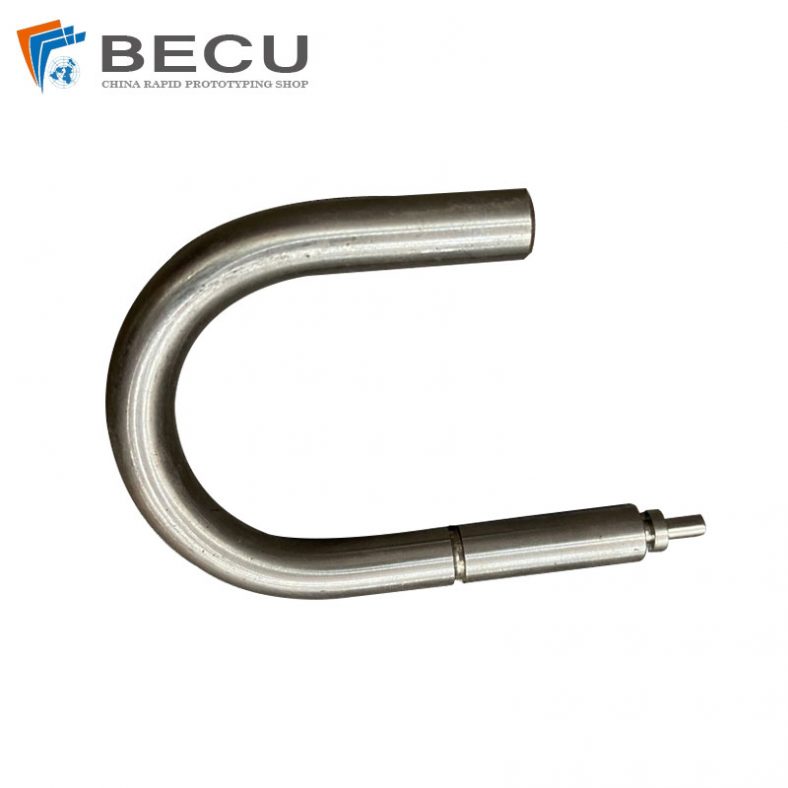
Automatic Swiss Turning Stainless Steel 316L U-bolt
-
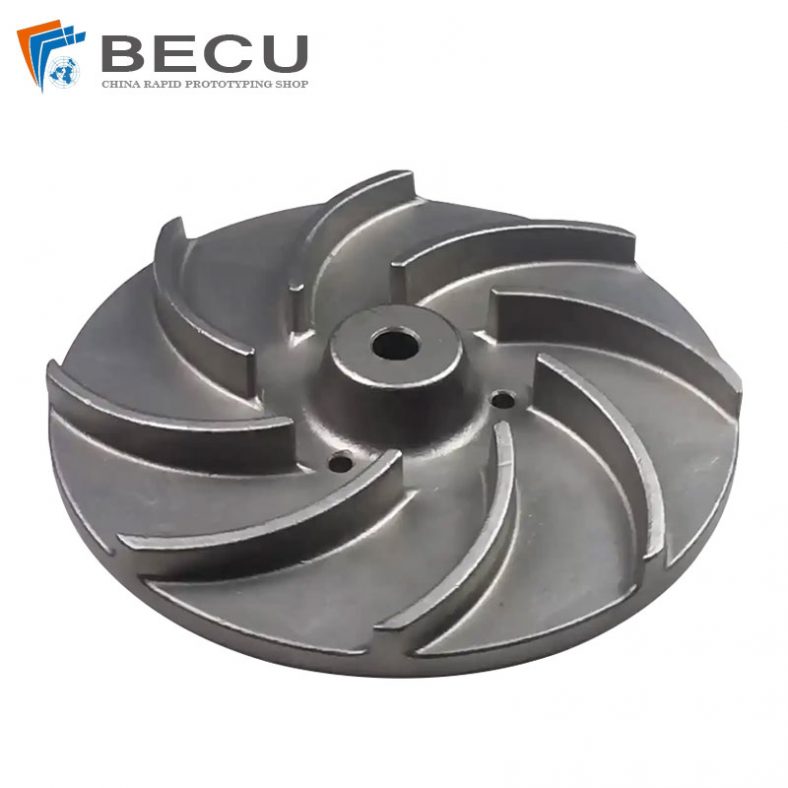
Precision CNC Machining Inconel 718 Cast Impeller
-
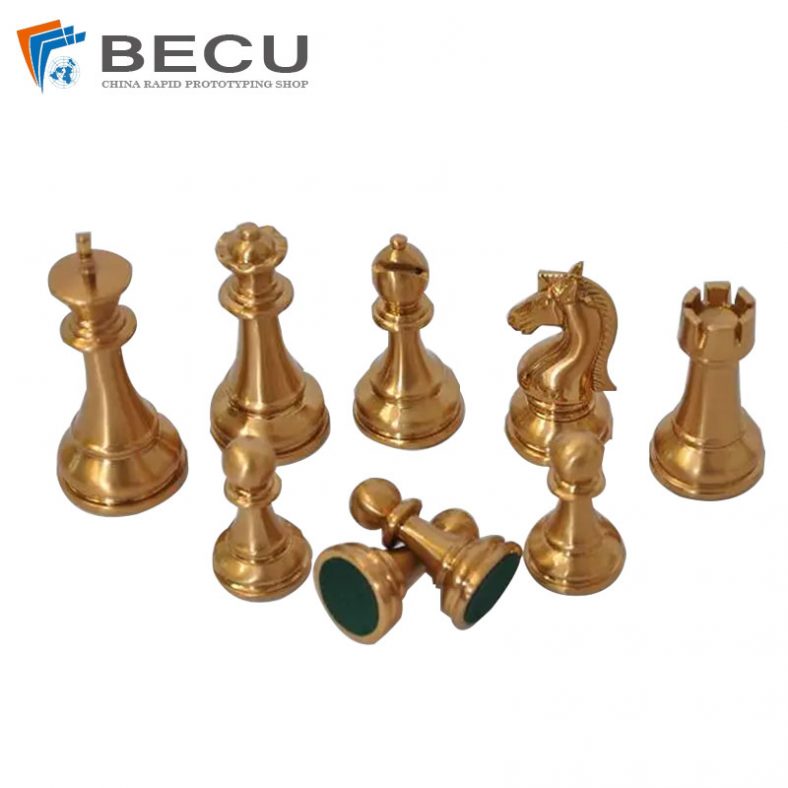
CNC Machining Metal Chess Pieces,Board And Sets
-
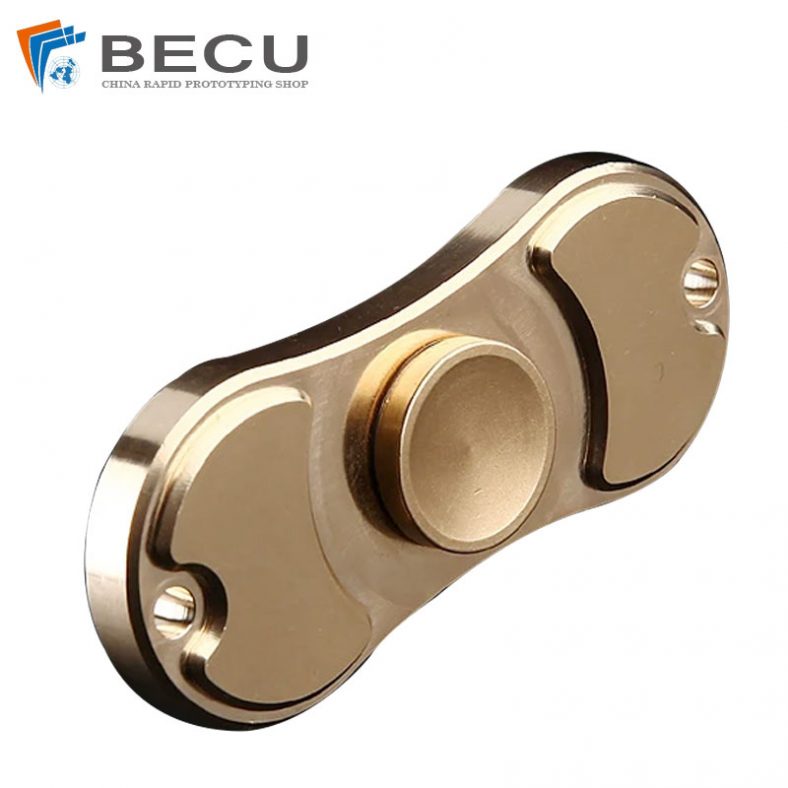
CNC Machined Fidget Spinner
-

Custom Stainless Steel 316 Goblet By Turning
-
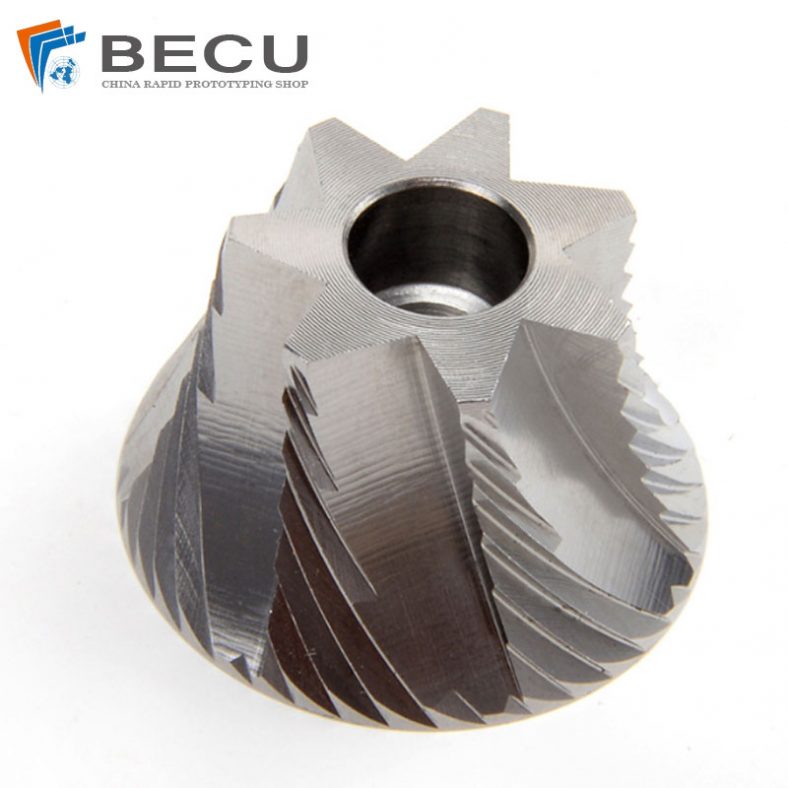
CNC Turning Stainless Steel 316 Grinding Core For Coffee Mill
